Tiger Terrific
Who says there are no tigers in Singapore?
You can definitely find one in the zoo but who says you cannot find other ‘tigers’ in the wild? Explore our green spaces to hunt down other flora and fauna with ‘tiger’ in their names.
Plain Tiger
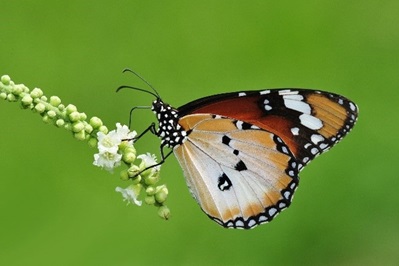
Photo credit: Khew Sin Khoon
The Plain Tiger (Danaus chrysippus) is probably one of the more commonly spotted butterflies in Singapore. It has rich orange forewings with broad black borders outlined with a series of white spots. There is also a less common orange form that has fully orange hind wings. Measuring about 6.5 cm, it flies slowly while feeding on its favourite nectaring plants including its host plant, the Giant Milkweed (Calotropis gigantea).
Tiger Shrike
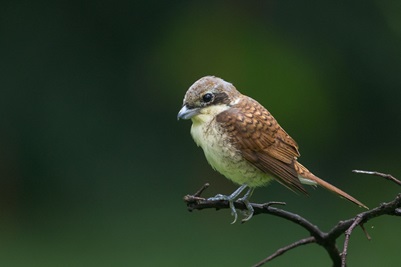
Photo credit: Francis Yap
A common winter visitor and passage migrant to our shores, look for the Tiger Shrike (Lanius tigrinus) close to freshwater ponds in many of our parks and gardens during the months of December to February. If you visit Sungei Buloh Wetland Reserve, try spotting it perched on branches of trees near to the visitor centre and the freshwater ponds area.
It grows to about 18 cm in length and the male and female birds look similar, with a grey head, black-barred rufous upperparts and a short and thick bill. To distinguish the male from female, look for a thin white line above the female bird’s eye.
Tiger Orchid
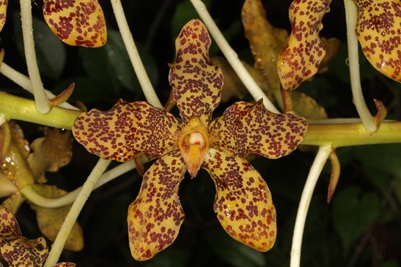
Photo credit: Ang Wee Foong
Native to Singapore, the Tiger Orchid (Grammatophyllum speciosum) is the largest orchid species in the world with its clump weighing as heavy as 2 tonnes and bearing flower stalks as long as 2 m long!
With its striking brown and yellow flower patterns resembling tiger stripes, it is grown as an ornamental flower in our parks and gardens. It can also be cultivated as an epiphyte on street trees. In Singapore, it flowers in January or July, but it may not do so every year, so count yourself lucky if you get to catch its beautiful blooms.
Tiger Grass
.ashx?h=355&w=266)
Tiger Grass (Thysanolaena latifolia) is a perennial, bamboo-like grass that grows as a clump, up to 2 m in height. Requiring full sun and moderate water conditions, it is commonly grown in hillsides, in forests and on riverbanks.
Its long leathery leaves can reach up to 65 cm in length and can be used to wrap glutinous rice dumplings that are traditionally eaten during the Dragon Boat Festival. The leaves are also said to have antiseptic properties that help to extend the shelf-life of the dumplings in warm and humid conditions, like those found in Singapore.
Six-banded Tiger Barb
.ashx?h=256&w=400)
Photo credit: Cai Yixiong
Native to Singapore, the Six-banded Tiger Barb (Systomus hexazona) is Critically Endangered and can be found in the undisturbed freshwater streams in the swamp forests of the Central Catchment Nature Reserve.
A rhomboid, laterally compressed orange fish with six greenish black stripes and red fins, it is omnivorous and gregarious and frequents the middle and lower levels of the waters. While it is valued as an aquarium fish, habitat conservation is an effective means to protect this species.
If you are heading to our green spaces, do the right thing and be socially responsible. Maintain a safe distance from other park goers and keep to not more than five persons in a group, with no intermixing between groups. Always wear a mask except when you are engaged in strenuous exercise or when consuming food, drink or medication.
Do check out the visitorship levels of our parks using our safe distancing portal before you head down and avoid the ones with high visitorship. Learn about some simple do’s and don’ts when visiting our Nature Reserve and Nature Parks here.
Visit NParksSG, our refreshed YouTube Channel that serves as a one-stop repository for close to 300 video resources. It also provides you a platform for existing and future digital outreach including DIY gardening and related crafts, virtual tours of our green spaces, and livestream events.
For more information about the flora and fauna found in Singapore, please visit NParks Flora and Fauna Web.
If you like what you read, follow us on Facebook, Instagram and Telegram to get the latest updates.
You can definitely find one in the zoo but who says you cannot find other ‘tigers’ in the wild? Explore our green spaces to hunt down other flora and fauna with ‘tiger’ in their names.
Plain Tiger

Photo credit: Khew Sin Khoon
The Plain Tiger (Danaus chrysippus) is probably one of the more commonly spotted butterflies in Singapore. It has rich orange forewings with broad black borders outlined with a series of white spots. There is also a less common orange form that has fully orange hind wings. Measuring about 6.5 cm, it flies slowly while feeding on its favourite nectaring plants including its host plant, the Giant Milkweed (Calotropis gigantea).
Tiger Shrike

Photo credit: Francis Yap
A common winter visitor and passage migrant to our shores, look for the Tiger Shrike (Lanius tigrinus) close to freshwater ponds in many of our parks and gardens during the months of December to February. If you visit Sungei Buloh Wetland Reserve, try spotting it perched on branches of trees near to the visitor centre and the freshwater ponds area.
It grows to about 18 cm in length and the male and female birds look similar, with a grey head, black-barred rufous upperparts and a short and thick bill. To distinguish the male from female, look for a thin white line above the female bird’s eye.
Tiger Orchid

Photo credit: Ang Wee Foong
Native to Singapore, the Tiger Orchid (Grammatophyllum speciosum) is the largest orchid species in the world with its clump weighing as heavy as 2 tonnes and bearing flower stalks as long as 2 m long!
With its striking brown and yellow flower patterns resembling tiger stripes, it is grown as an ornamental flower in our parks and gardens. It can also be cultivated as an epiphyte on street trees. In Singapore, it flowers in January or July, but it may not do so every year, so count yourself lucky if you get to catch its beautiful blooms.
Tiger Grass
.ashx?h=355&w=266)
Tiger Grass (Thysanolaena latifolia) is a perennial, bamboo-like grass that grows as a clump, up to 2 m in height. Requiring full sun and moderate water conditions, it is commonly grown in hillsides, in forests and on riverbanks.
Its long leathery leaves can reach up to 65 cm in length and can be used to wrap glutinous rice dumplings that are traditionally eaten during the Dragon Boat Festival. The leaves are also said to have antiseptic properties that help to extend the shelf-life of the dumplings in warm and humid conditions, like those found in Singapore.
Six-banded Tiger Barb
.ashx?h=256&w=400)
Photo credit: Cai Yixiong
Native to Singapore, the Six-banded Tiger Barb (Systomus hexazona) is Critically Endangered and can be found in the undisturbed freshwater streams in the swamp forests of the Central Catchment Nature Reserve.
A rhomboid, laterally compressed orange fish with six greenish black stripes and red fins, it is omnivorous and gregarious and frequents the middle and lower levels of the waters. While it is valued as an aquarium fish, habitat conservation is an effective means to protect this species.
If you are heading to our green spaces, do the right thing and be socially responsible. Maintain a safe distance from other park goers and keep to not more than five persons in a group, with no intermixing between groups. Always wear a mask except when you are engaged in strenuous exercise or when consuming food, drink or medication.
Do check out the visitorship levels of our parks using our safe distancing portal before you head down and avoid the ones with high visitorship. Learn about some simple do’s and don’ts when visiting our Nature Reserve and Nature Parks here.
Visit NParksSG, our refreshed YouTube Channel that serves as a one-stop repository for close to 300 video resources. It also provides you a platform for existing and future digital outreach including DIY gardening and related crafts, virtual tours of our green spaces, and livestream events.
For more information about the flora and fauna found in Singapore, please visit NParks Flora and Fauna Web.
If you like what you read, follow us on Facebook, Instagram and Telegram to get the latest updates.
Text by Felix Siew


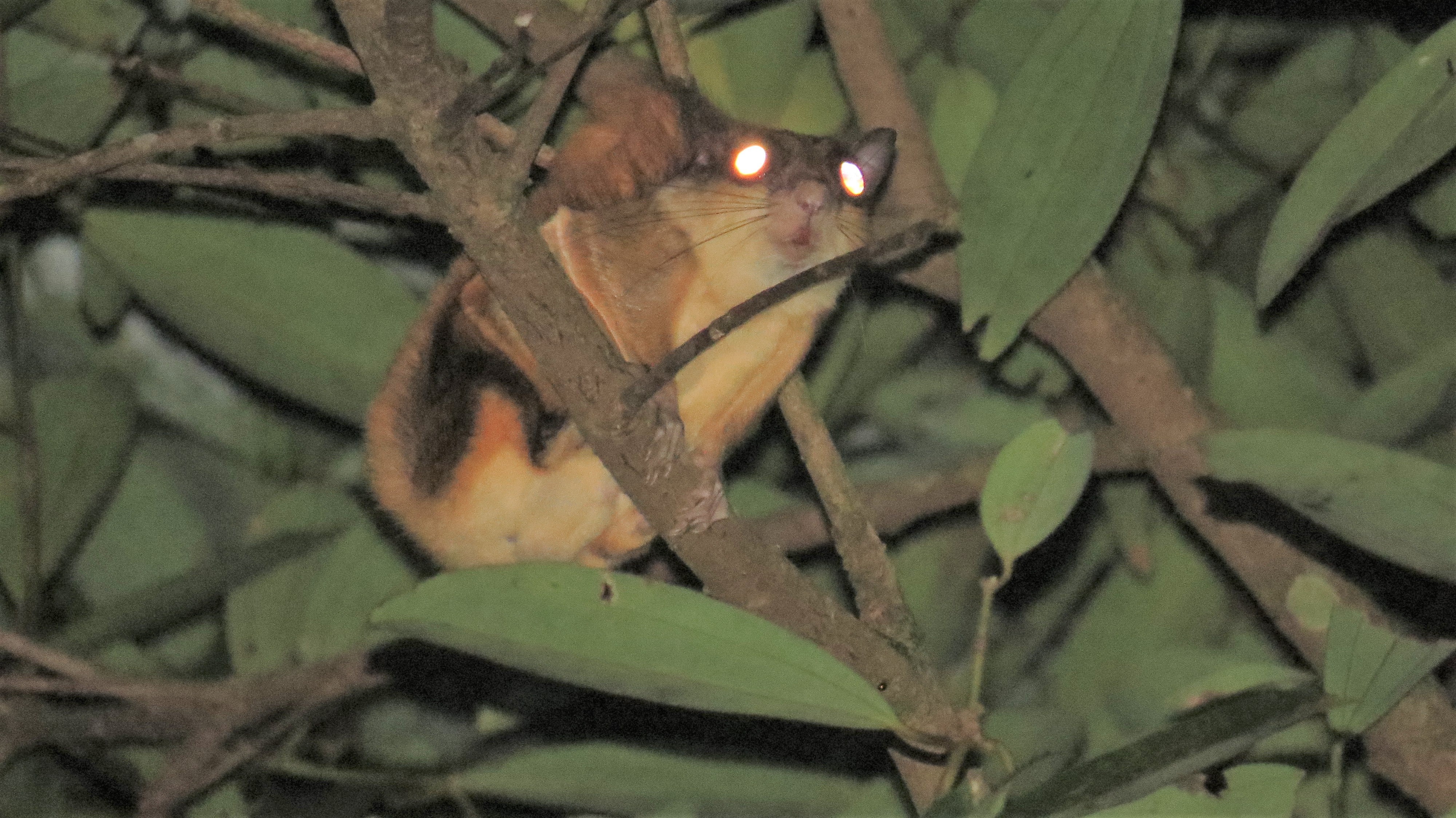
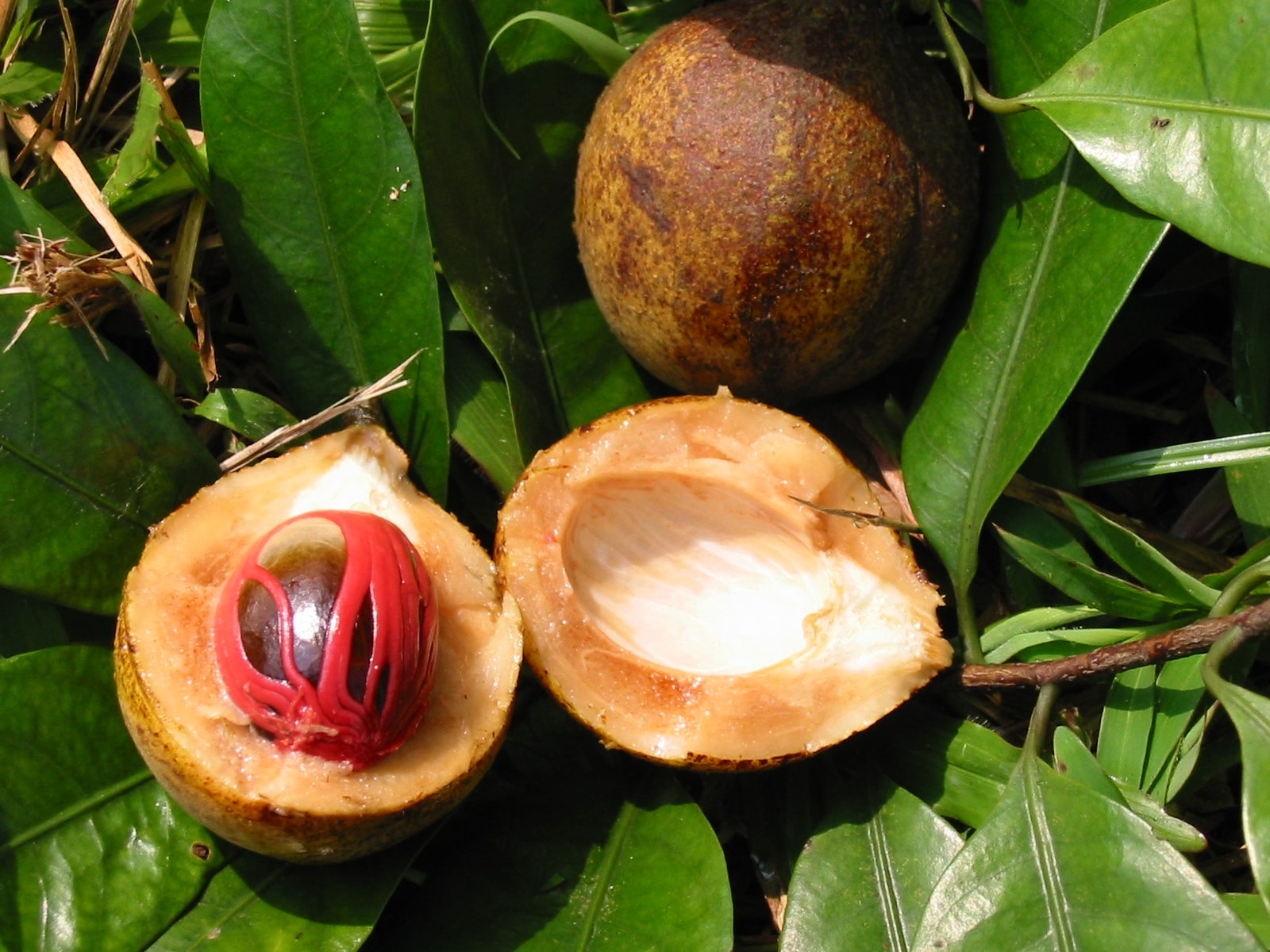
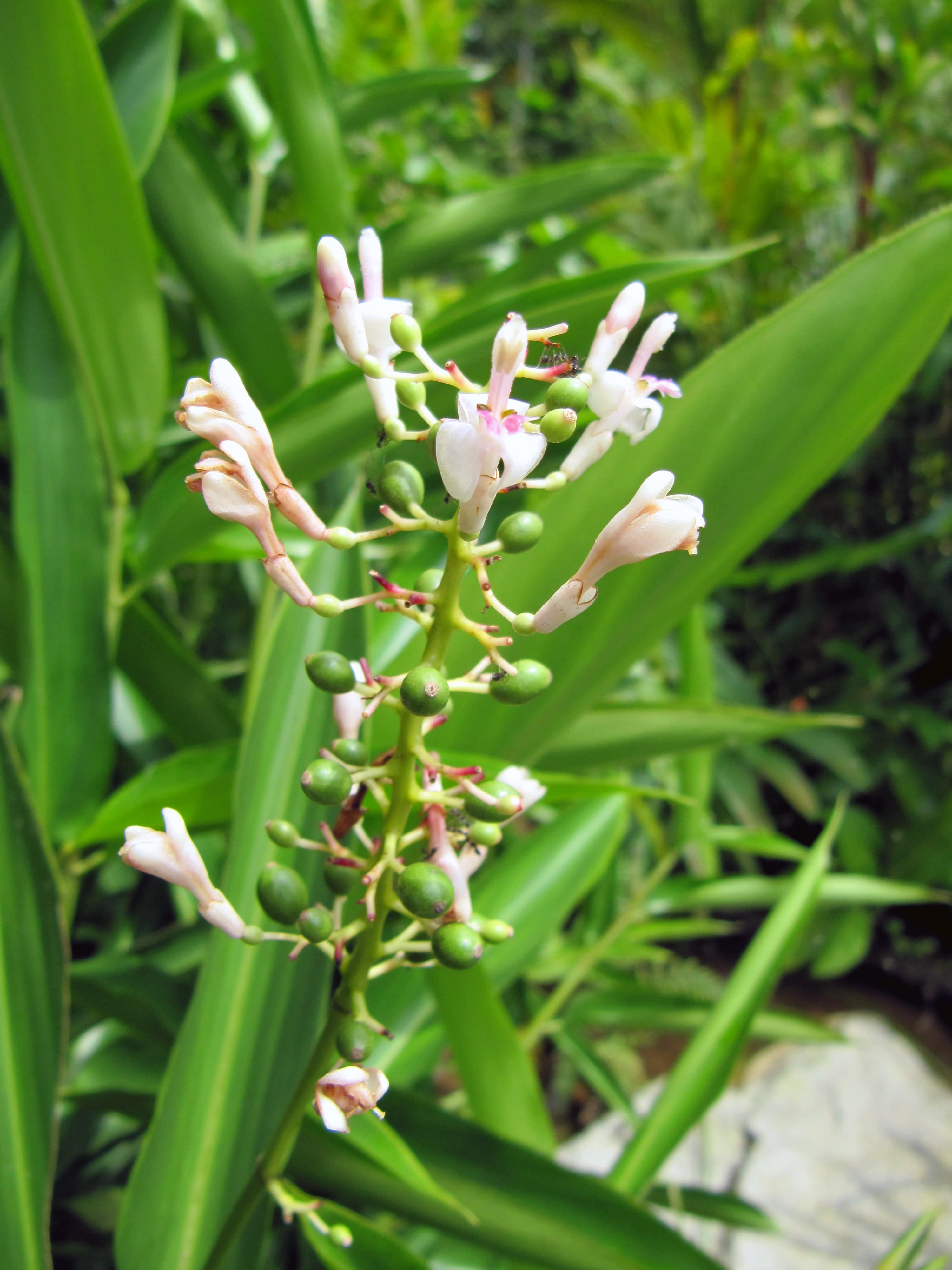
Have views or comments on this article? Let us know via this form. If you would like to give us feedback on any other areas relating to our parks and gardens, please submit via https://www.nparks.gov.sg/feedback